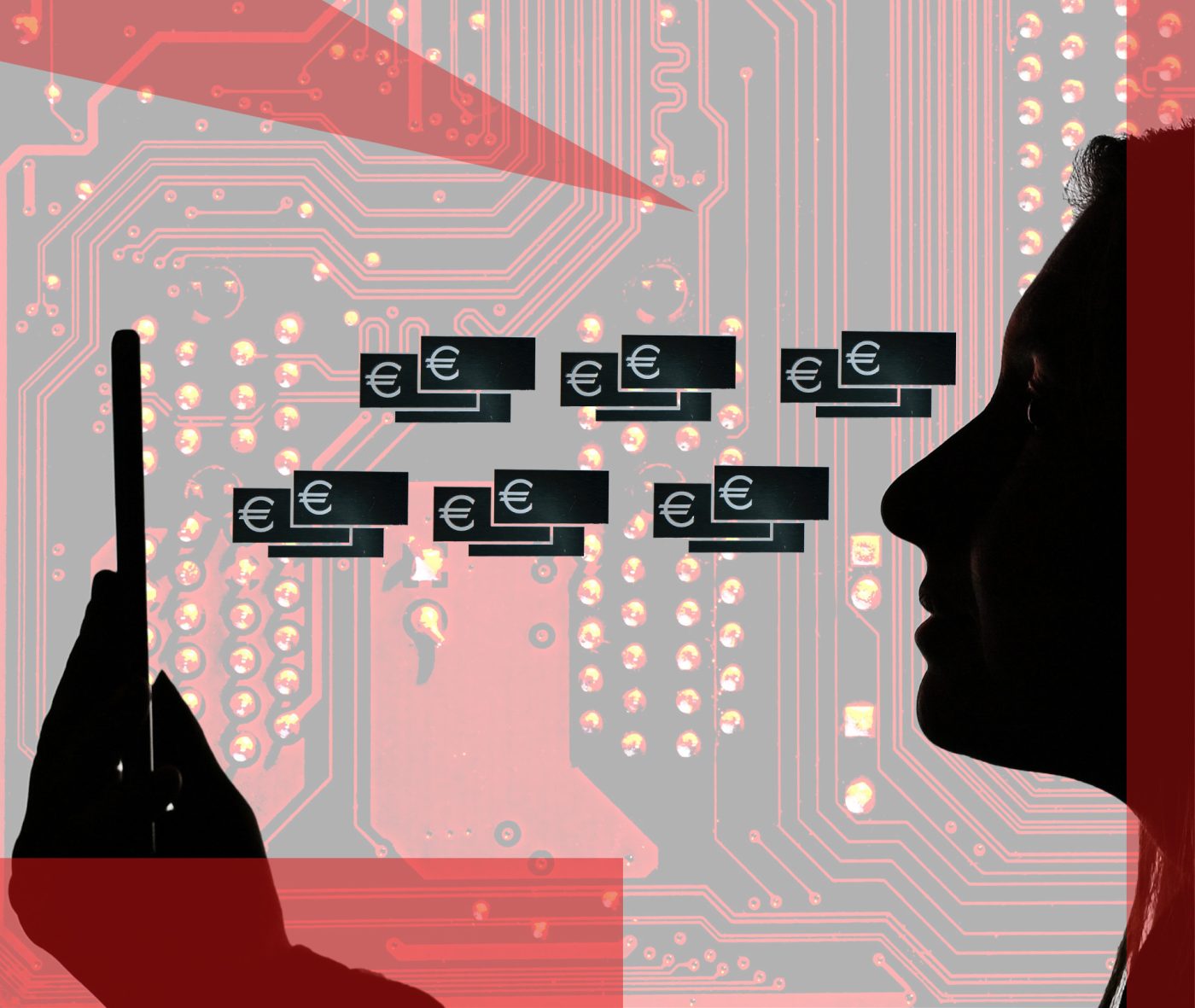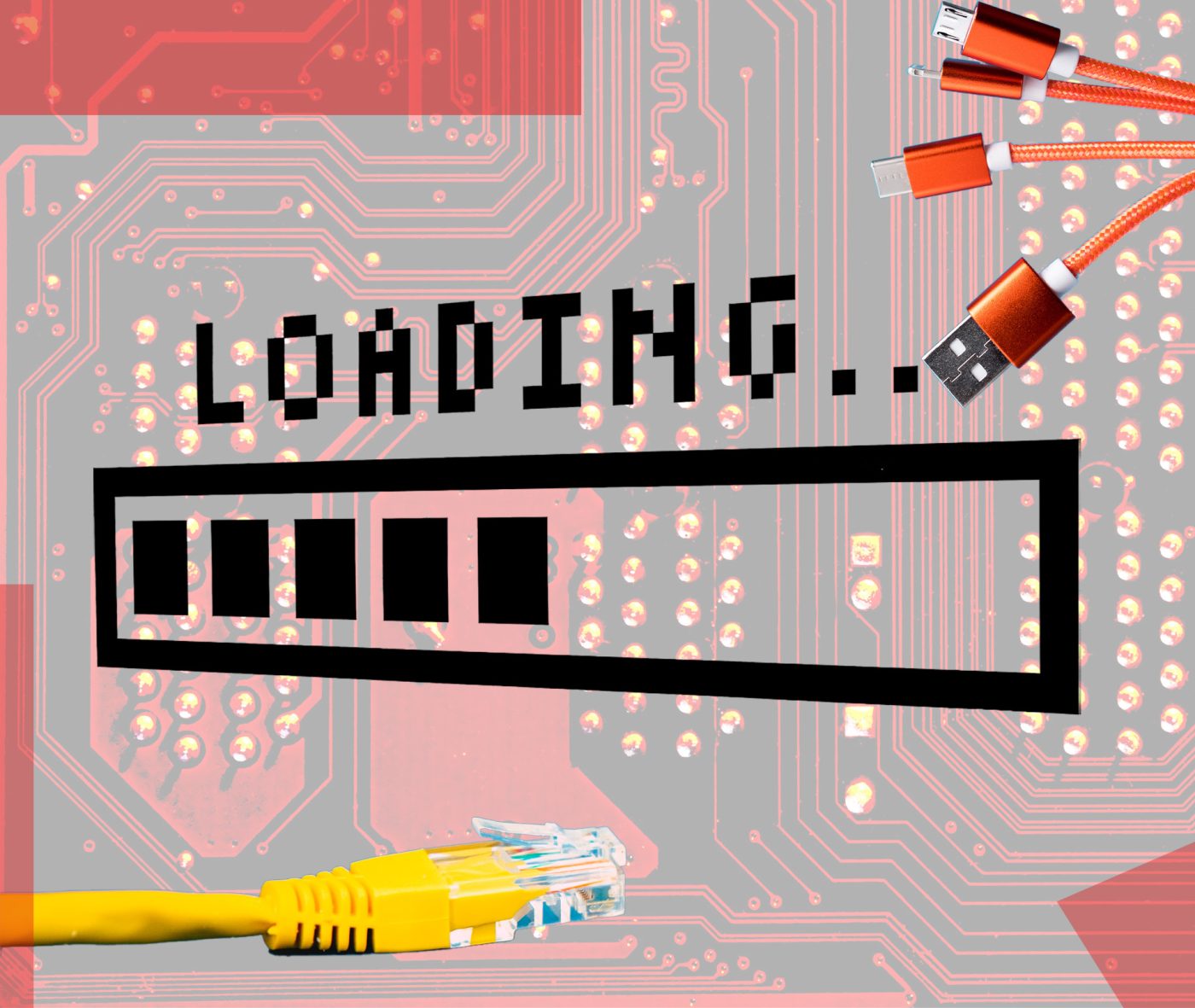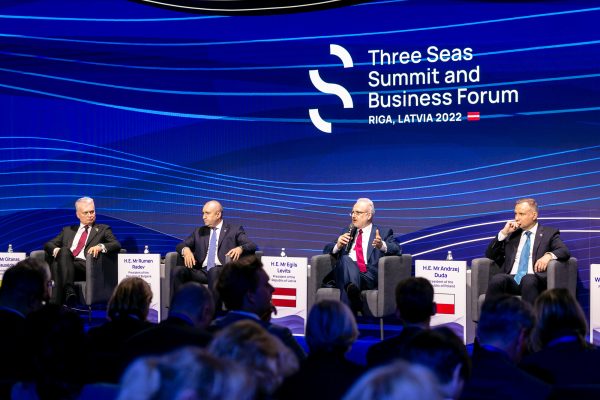The European Union is debating how to finance upgrades to its Internet infrastructure. In their opinion, data-hungry streaming and cloud companies consume a disproportionate share of Internet traffic and should pay extra for it.
A main argument is, “look, the US already practices such a surcharge – it’s called the Universal Service Fund.’’
That’s false.
Part two of this series explains what the Universal Service Fund does — help underserved communities and what it does not do — subsidize telephone company balance sheets.
Unlike European telephone operators, which are requesting direct payments from large tech companies, US telephone companies finance the US fund themselves. An independent body then spends the funds on connecting low-income and hard-to-reach customers, as well as connecting schools, libraries, and rural healthcare facilities.
From the telephone’s inception, private companies financed most US telecommunications connectivity. They built, owned, and operated communications networks. In contrast, the state long owned most European telecom operators. Privatization came only in the 1990s and many European governments continue to own golden shares in their national operators, prioritizing dividends rather than network investments.
The US has allowed consolidation. Three main telephone operators cover the entire continent, each generating strong profits which can be reinvested. Europe has prevented similar consolidation, insisting on at least three or four operators per country. This fragmentation squeezes earnings, leading to an investment shortfall – and explains in large part why European telephone incumbents are demanding to extract and transfer money from tech companies.
In areas where markets fail to meet connectivity needs, the US government has historically intervened in a limited and targeted way. For most of the 20th century, regulations forced private telecommunications companies to subsidize underserved markets. The Communications Act of 1996 extended the goal of universal coverage to “advanced services,” including Internet access. It required telecommunications providers to contribute a percentage of their revenues from calls that cross state and international borders into the Universal Service Fund.
Around the world, many governments run similar programs to support broadband deployment. In the US, the Fund supports four key programs which distributed more than $8.5 billion in 2021:
- The Lifeline Program provides a $9.25 discount per month on phone and broadband services for users near or beneath the poverty line and up to $34.15 for those living on tribal lands. In 2021, it disbursed approximately $724 million ($723,769,574.00) to eligible individuals.
- The E-Rate Program subsidizes between 20 to 90% of eligible telephone and broadband costs in schools and libraries, rural or urban, depending on poverty levels. In 2021, it disbursed just over $2 billion ($2,156,276,742.64) to 125,440 schools and libraries.
- The Rural Health Care Program allows eligible hospitals, health clinics, and nursing facilities to receive a 65% flat discount on a variety of communications services. In 2021, it disbursed approximately $557 million ($556,600,323.52) to 11,119 healthcare providers.
- The Connect America Fund (former High-Cost Support program) funds the expansion of rural or high-cost voice and broadband infrastructure. In 2021, it disbursed just over $5 billion ($5,116,919,883.91) to eligible communications providers.
Traditional telecommunications carriers, both wired and wireless, contribute the bulk of the Universal Service budget. Satellite operators and cable companies that operate voice services and interconnected Voice over Internet Protocol providers add contributions. The amount each company pays is not public. Only aggregate contributions are published, and only carriers that provide voice services are in scope. For 2021, the Fund collected a little more than $9 billion ($9,277,390,428.84), ranging from $589 million ($588,904,763.22) to $740 million ($739,834,274.44) a month.
Four times a year, the FCC releases the percentage of the interstate and local revenues each company must pay. That number can go up or down, depending on forecasted needs. As an example, the proposed contribution factor for Q1 2023 is 32.6% of in-scope revenues, while Q4 2022 was 28.9% and Q3 2022 was 33%.
Services providers typically pass this cost on to American consumers. In these cases, monthly bills include a “Universal Service Fund” line-item surcharge. Although the exact amount charged to consumers varies by carrier, a recent $87 monthly wireless phone bill contained $1.21 for the Universal Service Fund.
The US model suffers shortcomings. Concerns about waste, fraud, and abuse of government funds have been raised. The Lifeline Program comes in for particular criticism, with carriers charged with enrolling duplicate or non-existent subscribers and submitting claims for individuals not using their Lifeline service.
Some critics question the Universal Service Fund’s long-term viability. Companies that pay into the Fund are limited to those that provide traditional circuit-switched or mobile lines, certain business/enterprise telecom solutions, and VoIP services. Broadband Internet access providers and other platforms are exempt. Will there be enough money available as companies evolve their technological services?
Federal funding is based on maps that seek to capture trouble zones for broadband access. Critics complain about the accuracy of the data used for the maps. Are carriers misreporting data coverage? A number of federal court cases challenge the legality of a non-government body administering the Universal Service Fund.
Alongside these controversies, key challenges persist. US broadband access differs significantly between urban and rural areas, with notable gaps on Native American tribal lands. In many states, most urban residents enjoy broadband, while fewer than half of their rural counterparts do.
Affordability represents a major break in broadband uptake. About 19 million Americans have no access to fast-speed Internet, while an additional 100 million have broadband access, but do not subscribe.
After the 2008 recession, the US approach to bridging the digital divide shifted. While the Universal Service Fund and other smaller grant programs continued to support the deployment of traditional voice services and some broadband, the Federal Government began providing direct subsidies for broadband infrastructure build and adoption. The American Recovery and Reinvestment Act of 2009 created the $4.7 billion Broadband Technology Opportunity Program at the Department of Commerce. The Department of Agriculture received an additional $2.5 billion to support rural broadband infrastructure.
The Covid-19 pandemic reinforced the need for Internet connectivity. New additional targeted programs were launched to help minority and low-income households. The 2020 Coronavirus Aid, Relief, and Economic Security Act established the Covid-19 Telehealth program, with an initial allocation of $200 million, later topped up by an additional $250 million.
The Consolidated Appropriations Act of 2021 and the American Rescue Plan unlocked additional billions. These two pieces of legislation pumped $3.2 billion into broadband discounts for eligible low-income households, those below the poverty line, or those who could demonstrate a substantial loss of income due to the pandemic. A $300 million infrastructure deployment program allowed states to tackle rural coverage gaps. A $1 billion connectivity program supported Tribal Nations, and $285 million aided minority institutions and organizations.
The new Infrastructure Investment and Jobs Act is unlocking additional public funds. It will distribute $65 billion dollars to provide all US citizens with affordable, reliable high-speed Internet.
Instead of calling for public money to subsidize upgrades to Internet networks, as in the US, European telephone incumbents are demanding to extract and transfer money from tech companies without any control over how these funds will be spent. This is a key, crucial difference.
The final installment of this series will examine this European debate.
Fiona M. Alexander is a Non-resident Senior Fellow with the Digital Innovation Initiative at the Center for European Policy Analysis (CEPA). She is a Distinguished Policy Strategist in Residence at American University. For close to 20 years, Fiona served at the National Telecommunications and Information Administration (NTIA) in the US Department of Commerce.
Alexander Wirth contributed research.
Bandwidth is CEPA’s online journal dedicated to advancing transatlantic cooperation on tech policy. All opinions are those of the author and do not necessarily represent the position or views of the institutions they represent or the Center for European Policy Analysis.






